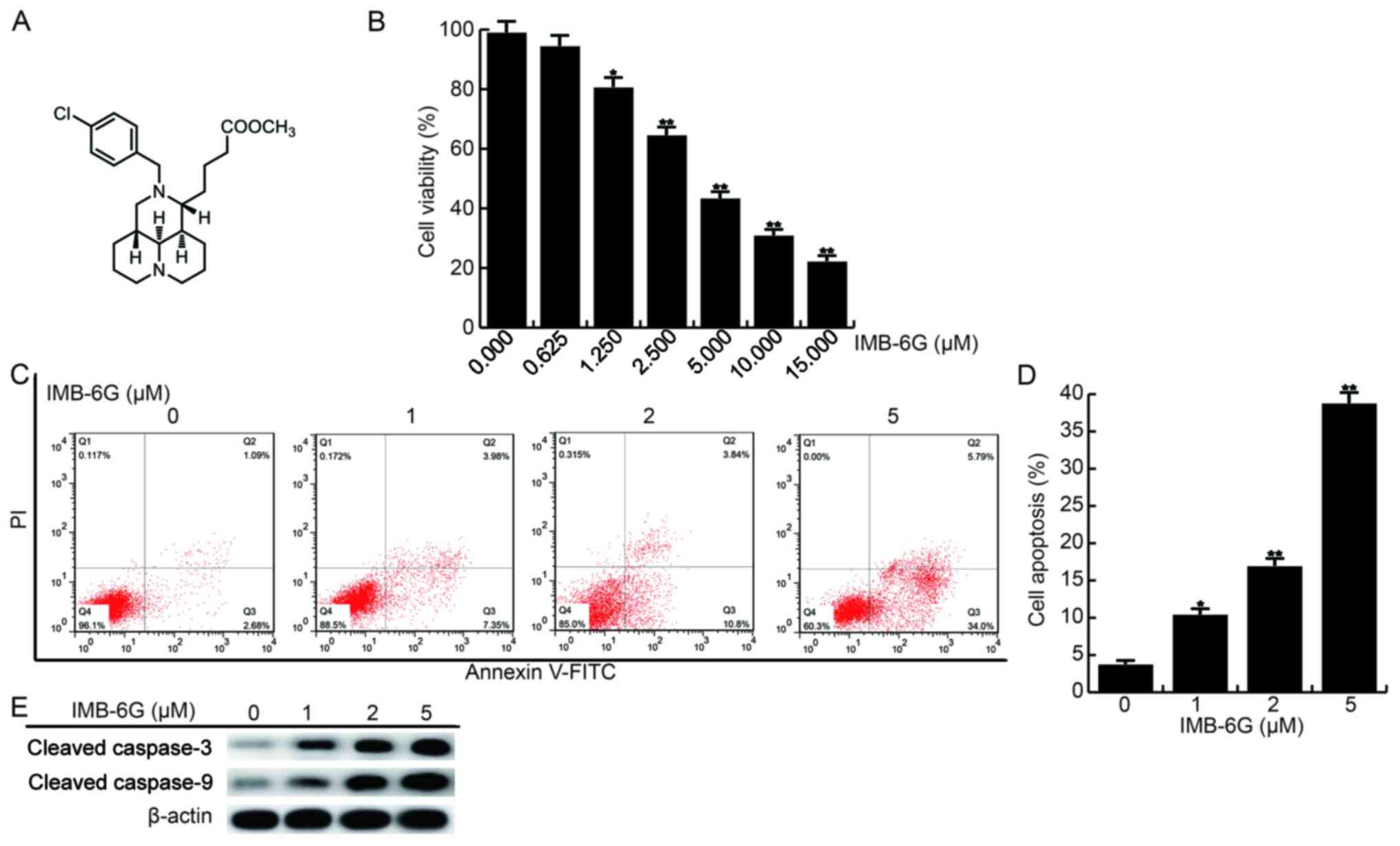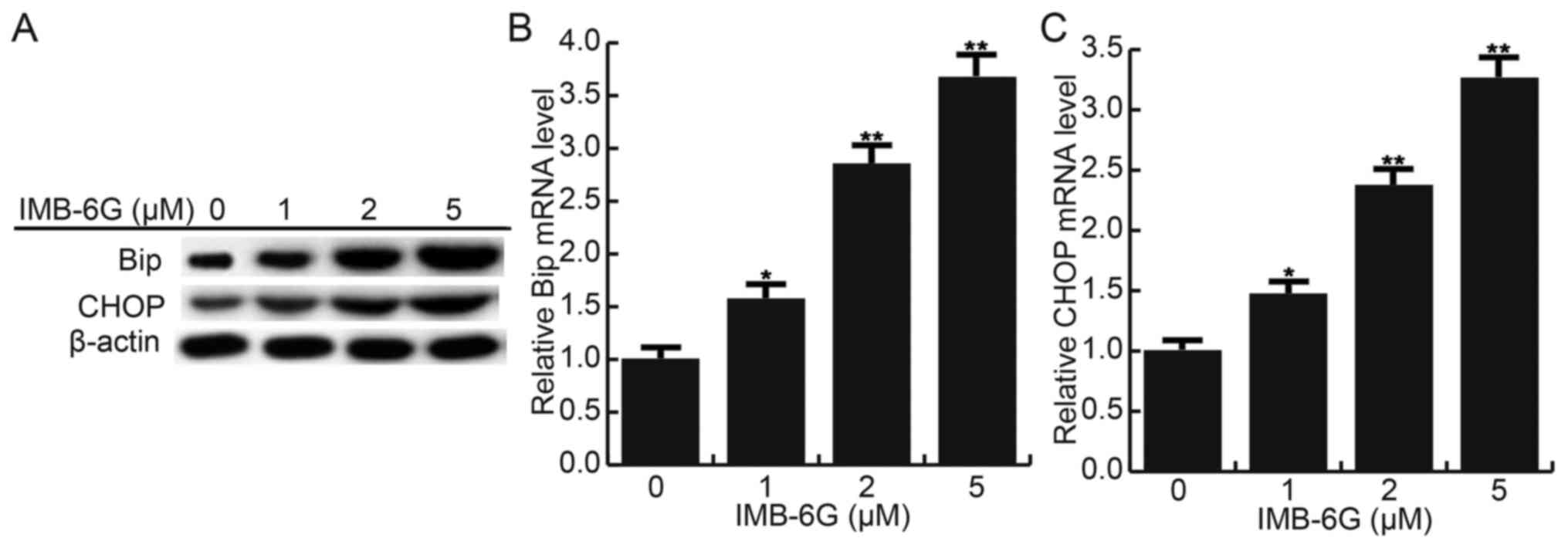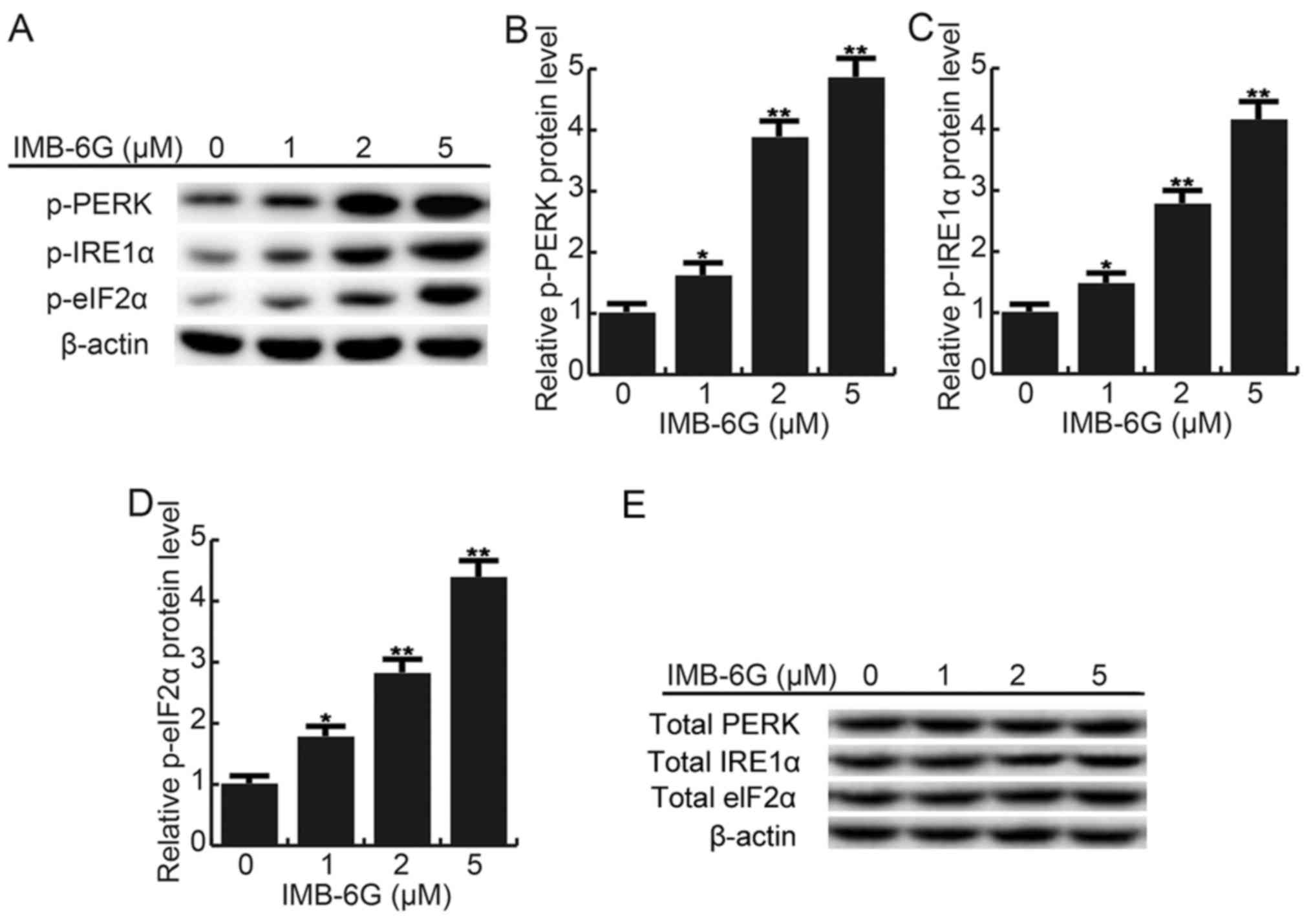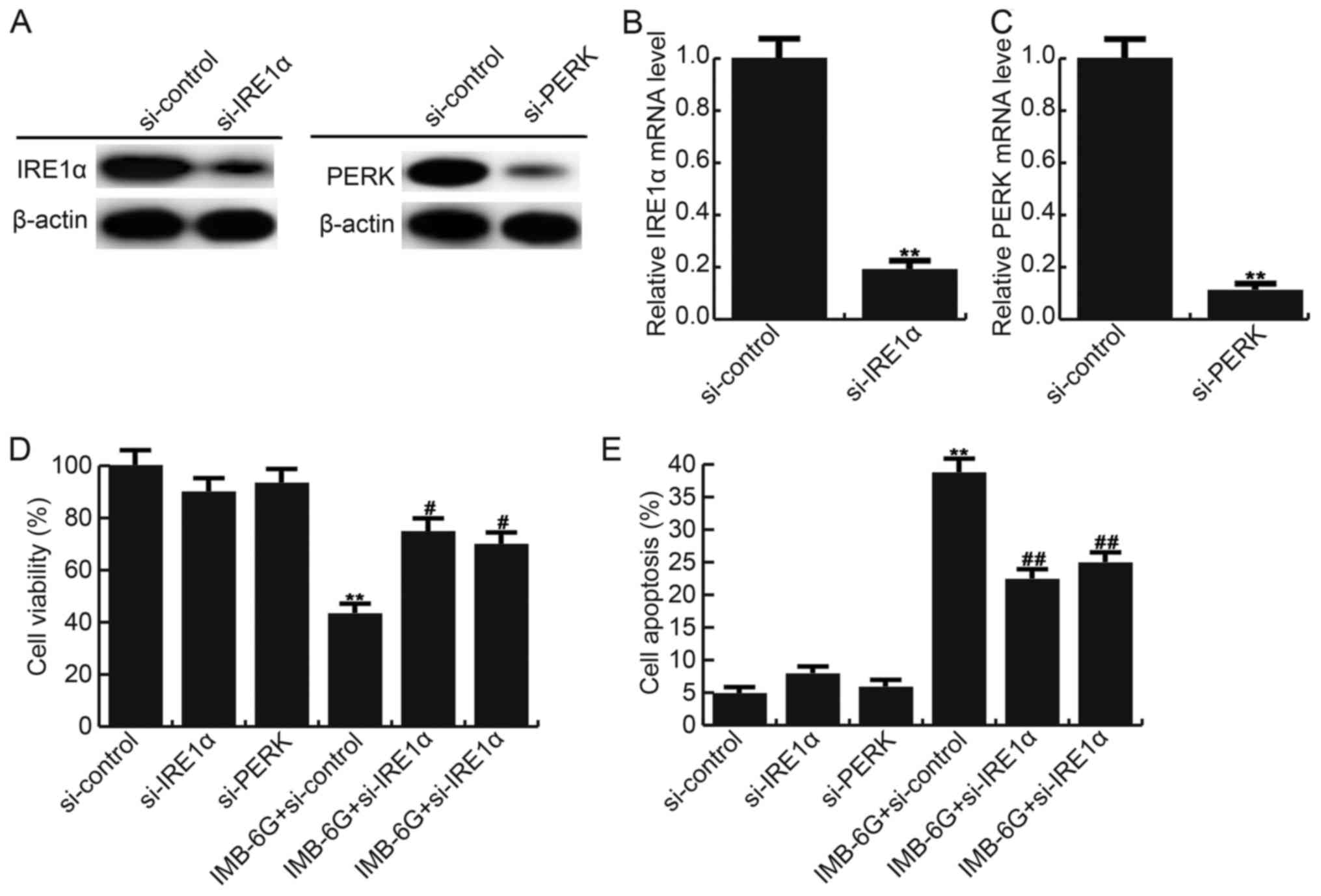|
1
|
Chang ET and Adami HO: The enigmatic
epidemiology of nasopharyngeal carcinoma. Cancer Epidemiol Biomark
Prev. 15:1765–1777. 2006. View Article : Google Scholar
|
|
2
|
Cao SM, Simons MJ and Qian CN: The
prevalence and prevention of nasopharyngeal carcinoma in China.
Chin J Cancer. 30:114–119. 2011. View Article : Google Scholar : PubMed/NCBI
|
|
3
|
Lo KW and Huang DP: Genetic and epigenetic
changes in nasopharyngeal carcinoma. Semin Cancer Biol. 12:451–462.
2002. View Article : Google Scholar : PubMed/NCBI
|
|
4
|
Tao Q and Chan AT: Nasopharyngeal
carcinoma: Molecular pathogenesis and therapeutic developments.
Expert Rev Mol Med. 9:1–24. 2007. View Article : Google Scholar : PubMed/NCBI
|
|
5
|
Young LS and Murray PG: Epstein-Barr virus
and oncogenesis: From latent genes to tumours. Oncogene.
22:5108–5121. 2003. View Article : Google Scholar : PubMed/NCBI
|
|
6
|
Katano A, Takahashi W, Yamashita H,
Yamamoto K, Ando M, Yoshida M, Saito Y, Abe O and Nakagawa K:
Radiotherapy alone and with concurrent chemotherapy for
nasopharyngeal carcinoma: A retrospective study. Medicine
(Baltimore). 97:e05022018. View Article : Google Scholar : PubMed/NCBI
|
|
7
|
Chiang AK, Mak NK and Ng WT: Translational
research in nasopharyngeal carcinoma. Oral Oncol. 50:345–352. 2014.
View Article : Google Scholar : PubMed/NCBI
|
|
8
|
Wang J, Guo LP, Chen LZ, Zeng YX and Lu
SH: Identifcation of cancer stem cell-like side population cells in
human nasopharyngeal carcinoma cell line. Cancer Res. 67:3716–3724.
2007. View Article : Google Scholar : PubMed/NCBI
|
|
9
|
Sze H, Blanchard P, Ng WT, Pignon JP and
Lee AW: Chemotherapy for nasopharyngeal carcinoma-current
recommendation and controversies. Hematol Oncol Clin North Am.
29:1107–1122. 2015. View Article : Google Scholar : PubMed/NCBI
|
|
10
|
Wang WX, Sun ZH, Chen HM, Xu BN and Wang
FY: Role and mechanism of Sophoridine on proliferation inhibition
in human glioma U87MG cell line. Int J Clin Exp Med. 8:464–471.
2015.PubMed/NCBI
|
|
11
|
Liang L, Wang XY, Zhang XH, Ji B, Yan HC,
Deng HZ and Wu XR: Sophoridine exerts an anti-colorectal carcinoma
effect through apoptosis induction in vitro and in vivo. Life Sci.
91:1295–1303. 2012. View Article : Google Scholar : PubMed/NCBI
|
|
12
|
Zhao WC, Song LJ and Deng HZ: Effect of
sophoridine on dextran sulfate sodium-induced colitis in C57BL/6
mice. J Asian Nat Prod Res. 12:925–933. 2010. View Article : Google Scholar : PubMed/NCBI
|
|
13
|
Bi CW, Zhang CX, Li YH, Tang S, Deng HB,
Zhao WL, Wang Z, Shao RG and Song DQ: Novel N-substituted
sophoridinol derivatives as anticancer agents. Eur J Med Chem.
81:95–105. 2014. View Article : Google Scholar : PubMed/NCBI
|
|
14
|
Zhang N, Bi C, Liu L, Dou Y, Tang S, Pang
W, Deng H and Song D: IMB-6G, a novel N-substituted sophoridinic
acid derivative, induces endoplasmic reticulum stress-mediated
apoptosis via activation of IRE1α and PERK signaling. Oncotarget.
7:23860–23873. 2016.PubMed/NCBI
|
|
15
|
Bi C, Zhang C, Li Y, Tang S, Wang S, Shao
R, Fu H, Su F and Song D: Synthesis and biological evaluation of
sophoridinol derivatives as a novel family of potential anticancer
agents. ACS Med Chem Lett. 5:1225–1229. 2014. View Article : Google Scholar : PubMed/NCBI
|
|
16
|
Livak KJ and Schmittgen TD: Analysis of
relative gene expression data using real-time quantitative PCR and
the 2(-Delta Delta C(T)) method. Methods. 25:402–408. 2011.
View Article : Google Scholar
|
|
17
|
Herold MJ, O'Reilly LA, Lin A, Srivastava
R, Doerflinger M, Bouillet P, Strasser A and Puthalakath H:
Evidence against upstream regulation of the unfolded protein
response (UPR) by pro-apoptotic BIM and PUMA. Cell Death Dis.
5:e13542014. View Article : Google Scholar : PubMed/NCBI
|
|
18
|
Verfaillie T, Garg AD and Agostinis P:
Targeting ER stress induced apoptosis and inflammation in cancer.
Cancer Lett. 332:249–264. 2013. View Article : Google Scholar : PubMed/NCBI
|
|
19
|
Gao W, Chan JY and Wong TS: Curcumin
exerts inhibitory effects on undifferentiated nasopharyngeal
carcinoma by inhibiting the expression of miR-125a-5p. Clin Sci
(Lond). 127:571–579. 2014. View Article : Google Scholar : PubMed/NCBI
|
|
20
|
Peng H, Chen L, Chen YP, Li WF, Tang LL,
Lin AH, Sun Y and Ma J: The current status of clinical trials
focusing on nasopharyngeal carcinoma: A comprehensive analysis of
clinical trials.gov database. PLoS One. 13:e01967302018. View Article : Google Scholar : PubMed/NCBI
|
|
21
|
Wang M and Kaufman RJ: The impact of the
endoplasmic reticulum protein-folding environment on cancer
development. Nat Rev Cancer. 14:581–597. 2014. View Article : Google Scholar : PubMed/NCBI
|
|
22
|
Walter P and Ron D: The unfolded protein
response: From stress pathway to homeostatic regulation. Science.
334:1081–1086. 2011. View Article : Google Scholar : PubMed/NCBI
|
|
23
|
Ron D and Hubbard SR: How IRE1 reacts to
ER stress. Cell. 132:24–26. 2008. View Article : Google Scholar : PubMed/NCBI
|
|
24
|
Ghosh AP, Klocke BJ, Ballestas ME and Roth
KA: CHOP potentially co-operates with FOXO3a in neuronal cells to
regulate PUMA and BIM expression in response to ER stress. PLoS
One. 7:e395862012. View Article : Google Scholar : PubMed/NCBI
|
|
25
|
Han J, Back SH, Hur J, Lin YH,
Gildersleeve R, Shan J, Yuan CL, Krokowski D, Wang S, Hatzoglou M,
et al: ER-stress-induced transcriptional regulation increases
protein synthesis leading to cell death. Nat Cell Biol. 15:481–490.
2013. View
Article : Google Scholar : PubMed/NCBI
|


















